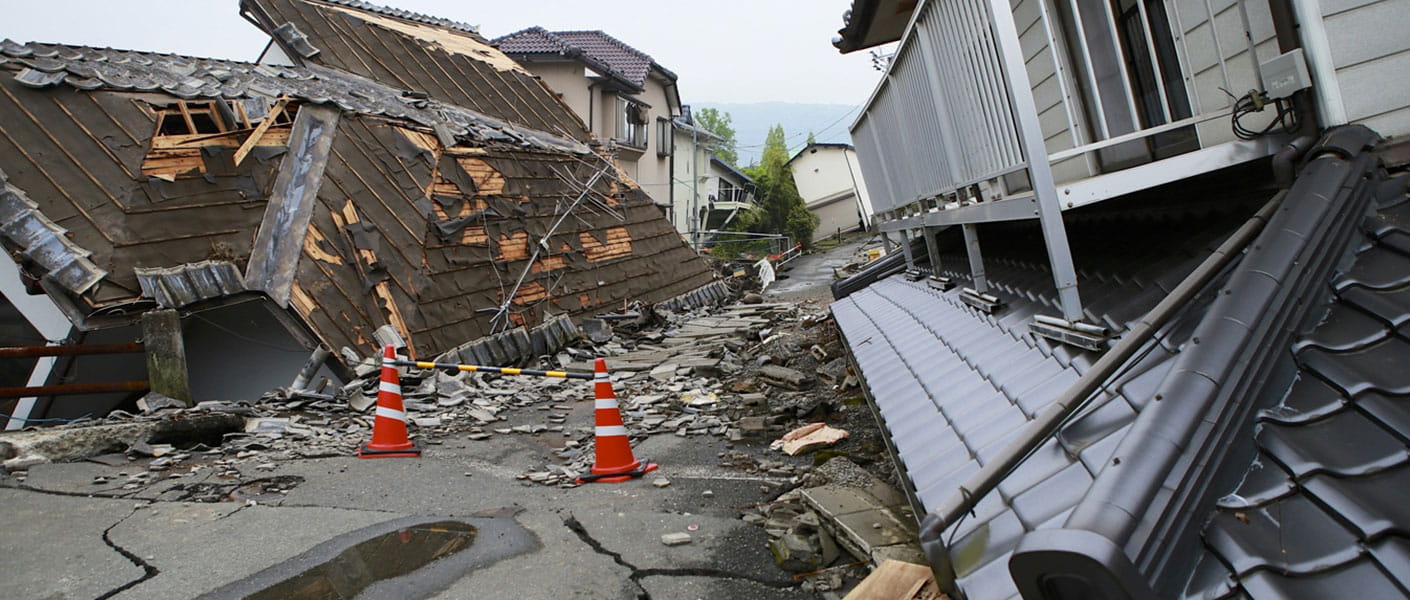
But for those affected by these disasters, recovery can take years. Fear of further events, displacement of families, loss of income and amenities, recovery from injuries and the battle with insurers all adds to ongoing stress. Inevitably, a large number of people become involved in the physical works required to restore a community, with the construction boom being one of the few bright spots following the event. The last thing needed on top of everything else is a serious injury or fatality from this construction work.
Maintaining safety through a rebuild
A rebuild program is a huge undertaking. Many organisations are involved and there is often a large strain on available resources.
This inevitably leads to the recruitment of inexperienced people to meet demand. Setting expectations and standards early, and across the whole workforce, helps to ensure the required safety understanding and processes are in place. For example, following the Christchurch earthquake of 2011, companies came together to sign a safety charter for the rebuild. This not only set a minimum expectation, but more importantly demonstrated the need to manage safety effectively.
The safety approach must be consistent across the whole program of work. This is not only to keep safety standards high, but to minimize the changes as workers move from project to project. Differences in terminology, requirements and expectations between projects can have a significant impact on the ability of workers to do the right thing, and can set them up to fail.
The body responsible for the recovery should treat the rebuild as a single program of work, rather than a series of discrete projects.



